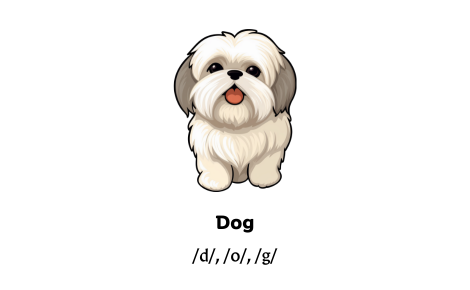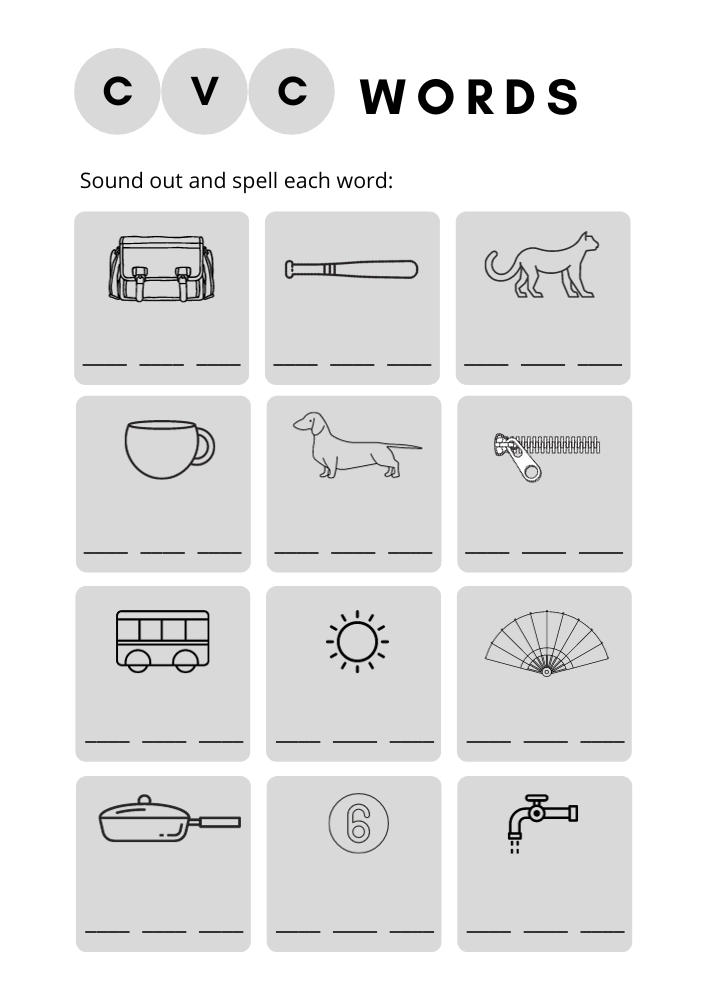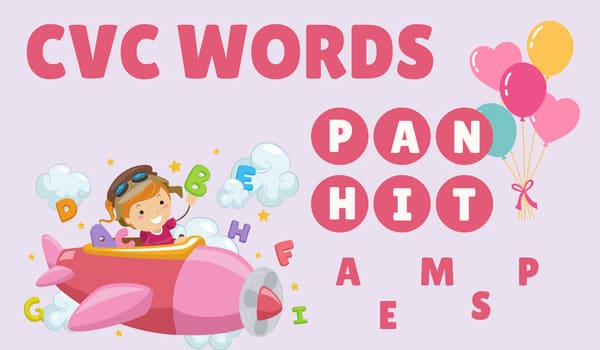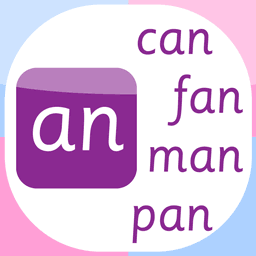Mastering the art of blending 3-letter words is crucial for children’s language development. Contrary to common belief, shorter words can pose more complexity due to their limited letters and sounds. Enhancing children’s ability to blend these words significantly improves their language skills, fostering proficiency in reading and speaking.
Before delving into methods, it’s vital to grasp what blending entails and its literacy importance. Blending is a foundational skill in phonics, linking sounds to form words. This skill serves as a bridge between recognizing letters and understanding their spoken counterparts, a key aspect of literacy development.
Techniques for Blending 3-Letter Words:
Now that we’ve framed the concept, let’s look at techniques tailored explicitly to aiding the blending of 3-letter words.
Phonics-based Blending:
Utilize a phonics-based approach, correlating each letter to a specific sound. Start with short vowel sounds, like in the word “dog,” breaking it down into /d/, /o/, /g/. Visually highlight letters while pronouncing sounds for an enhanced connection between visuals and auditory elements.

Word Families and Rhyming:
Exploring word families, such as “cat,” “bat,” “rat,” and “sat,” and incorporating rhyming exercises aid in blending. Rhyming allows children to switch the initial consonant while maintaining the word structure, enhancing phonological awareness.
Chunking and Blending Strategies:
Breaking down 3-letter words into manageable parts through chunking simplifies blending. Isolating the onset (beginning) and rime (ending) facilitates the blending process, ensuring a smoother transition between sounds.
Activities to Practice Blending 3-Letter Words
Practicing word blending doesn’t have to be monotonous. Infusing fun into learning through activities can make the experience more enjoyable and effective.
Word Puzzles and Games:
Engaging puzzles with letter tiles or digital games offer an interactive way for children to blend sounds. This hands-on experience reinforces the connection between letters and the formation of complete words.

Reading Exercises:
Simple books with repetitive 3-letter word constructions provide context for practicing blending skills. Repetition in reading solidifies the connection between sounds and meanings, strengthening blending capabilities.
Writing Prompts:
Encourage writing exercises prompting children to spell out 3-letter words. This practice reinforces both blending and segmentation skills, contributing to overall literacy development.
CVC Word App:
The CVC Word App is a great activity to practice blending 3-letter words. This app allows children to blend consonant-vowel-consonant (CVC) words using an interactive game. It is perfect for young learners who are just starting to learn how to read.
To use the app, children will need to first select a word family such as “-at” or “-en”. Then, they will be presented with a picture of an object and three letters at the bottom. The object’s name will be spelled out phonetically using the chosen word family, but with one letter missing. Children will need to choose the correct letter from the three options to complete the CVC word.
Conclusion:
Blending 3-letter words is foundational for confident reading, laying the groundwork for more complex linguistic abilities. We’ve covered essential aspects of word blending, effective techniques, practical activities, and teaching tips. Armed with these tools, educators can guide young readers toward literacy success.
In essence, effective word blending is pivotal for shaping a future where every child holds the key to unlock the wonders of the written word. Cheers to every ‘cat,’ ‘bat,’ and ‘hat’ paving the way for a lifetime of reading adventures.


